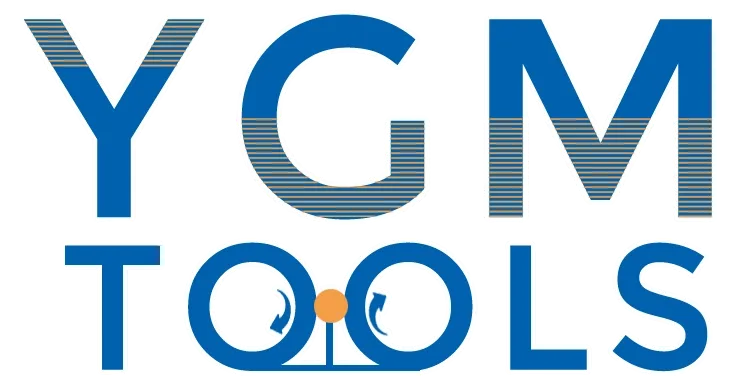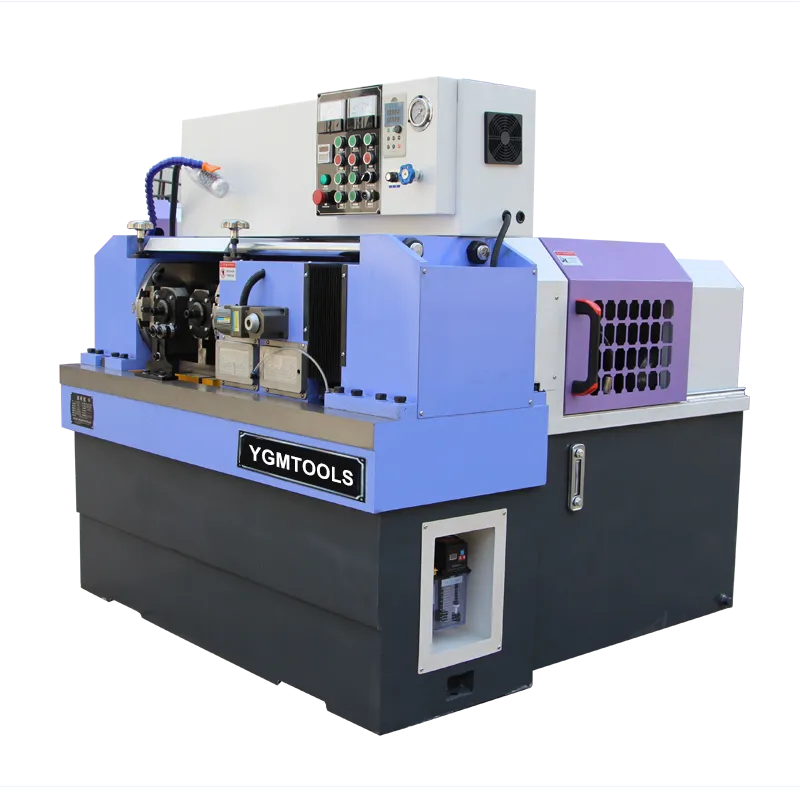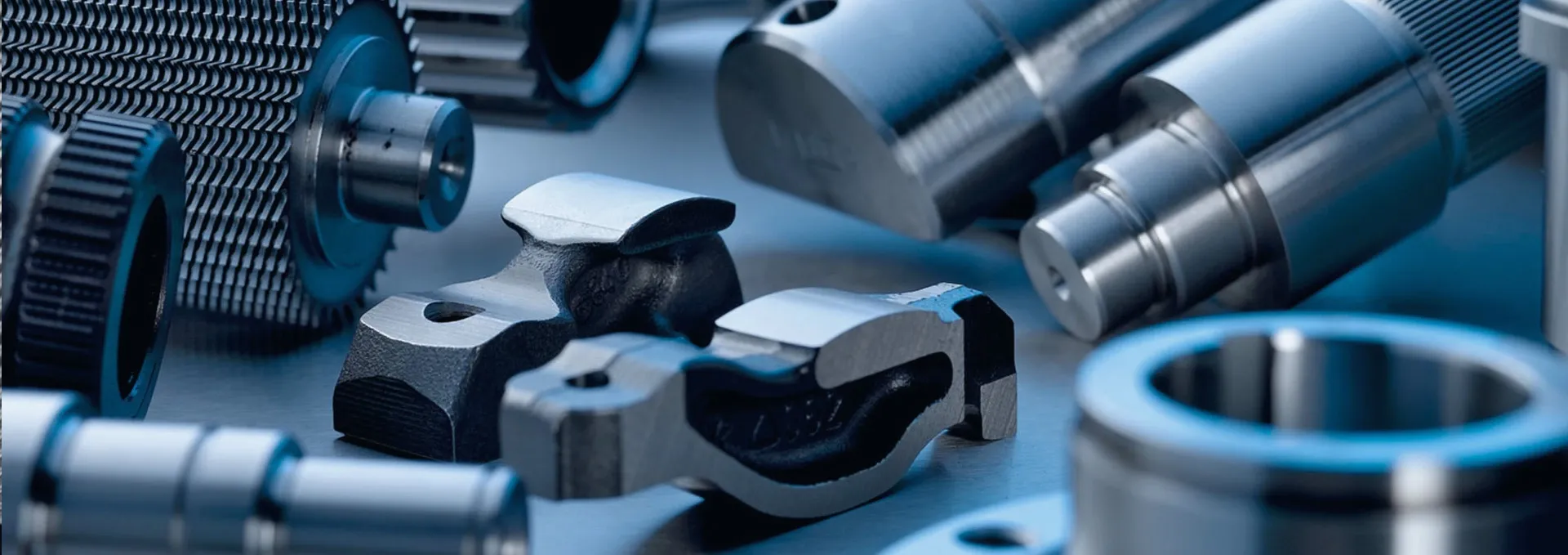
-
 Afrikaans
Afrikaans -
 Albanian
Albanian -
 Amharic
Amharic -
 Arabic
Arabic -
 Armenian
Armenian -
 Azerbaijani
Azerbaijani -
 Basque
Basque -
 Belarusian
Belarusian -
 Bengali
Bengali -
 Bosnian
Bosnian -
 Bulgarian
Bulgarian -
 Catalan
Catalan -
 Cebuano
Cebuano -
 Corsican
Corsican -
 Croatian
Croatian -
 Czech
Czech -
 Danish
Danish -
 Dutch
Dutch -
 Iňlis
Iňlis -
 Esperanto
Esperanto -
 Estonian
Estonian -
 Finnish
Finnish -
 French
French -
 Frisian
Frisian -
 Galician
Galician -
 Georgian
Georgian -
 German
German -
 Greek
Greek -
 Gujarati
Gujarati -
 Haitian Creole
Haitian Creole -
 hausa
hausa -
 hawaiian
hawaiian -
 Hebrew
Hebrew -
 Hindi
Hindi -
 Miao
Miao -
 Hungarian
Hungarian -
 Icelandic
Icelandic -
 igbo
igbo -
 Indonesian
Indonesian -
 irish
irish -
 Italian
Italian -
 Japanese
Japanese -
 Javanese
Javanese -
 Kannada
Kannada -
 kazakh
kazakh -
 Khmer
Khmer -
 Rwandese
Rwandese -
 Korean
Korean -
 Kurdish
Kurdish -
 Kyrgyz
Kyrgyz -
 Lao
Lao -
 Latin
Latin -
 Latvian
Latvian -
 Lithuanian
Lithuanian -
 Luxembourgish
Luxembourgish -
 Macedonian
Macedonian -
 Malgashi
Malgashi -
 Malay
Malay -
 Malayalam
Malayalam -
 Maltese
Maltese -
 Maori
Maori -
 Marathi
Marathi -
 Mongolian
Mongolian -
 Myanmar
Myanmar -
 Nepali
Nepali -
 Norwegian
Norwegian -
 Norwegian
Norwegian -
 Occitan
Occitan -
 Pashto
Pashto -
 Persian
Persian -
 Polish
Polish -
 Portuguese
Portuguese -
 Punjabi
Punjabi -
 Romanian
Romanian -
 Russian
Russian -
 Samoan
Samoan -
 Scottish Gaelic
Scottish Gaelic -
 Serbian
Serbian -
 Sesotho
Sesotho -
 Shona
Shona -
 Sindhi
Sindhi -
 Sinhala
Sinhala -
 Slovak
Slovak -
 Slovenian
Slovenian -
 Somali
Somali -
 Spanish
Spanish -
 Sundanese
Sundanese -
 Swahili
Swahili -
 Swedish
Swedish -
 Tagalog
Tagalog -
 Tajik
Tajik -
 Tamil
Tamil -
 Tatar
Tatar -
 Telugu
Telugu -
 Thai
Thai -
 Turkish
Turkish -
 Turkmen
Turkmen -
 Ukrainian
Ukrainian -
 Urdu
Urdu -
 Uighur
Uighur -
 Uzbek
Uzbek -
 Vietnamese
Vietnamese -
 Welsh
Welsh -
 Bantu
Bantu -
 Yiddish
Yiddish -
 Yoruba
Yoruba -
 Zulu
Zulu
Thread Rolling Machine: A Critical Tool for Industrial Metal Forming
In the world of industrial metal forming, the thread rolling machine stands out as an indispensable tool for producing strong, uniform threads on bolts, screws, and other fasteners. Unlike traditional cutting methods, thread rolling is a cold-forming process that reshapes the material, increasing its tensile strength and fatigue resistance.

A thread rolling machine works by pressing a workpiece between dies with thread profiles, deforming the surface without removing material. This results in threads with a smooth finish, higher dimensional accuracy, and superior mechanical performance. It's an ideal solution for manufacturers in the automotive, construction, and aerospace sectors.
Today’s modern thread rolling machine is equipped with digital controls, hydraulic systems, and automatic feeding for faster cycle times and reduced human error. Whether you’re running a large-scale production line or a custom tooling workshop, investing in a thread roller enhances productivity and ensures consistent product quality.
Thread Rolling Machine for Sale: How to Choose the Right One for Your Business
If you're browsing for a thread rolling machine for sale, it's crucial to consider factors such as thread size range, rolling capacity, machine speed, and automation features. Machines are available in various models tailored for different industries and applications—from small bolts to heavy-duty rebar.
The market offers a wide range of options when looking for a thread rolling machine for sale: flat die thread rollers, cylindrical die machines, and hydraulic thread rolling units. Each has its own advantages based on the production volume, material type, and thread specifications.
For example, flat die machines are commonly used for mass production of small screws, while cylindrical dies are better suited for forming long threads on rods. Hydraulic machines offer flexibility and smoother operations, making them ideal for heavy-duty industrial applications. When choosing a thread rolling machine for sale, also consider after-sales service, spare part availability, and energy efficiency.
Types of Thread Rolling Machine: From Flat Die to Planetary Rollers
Understanding the types of thread rolling machine helps you select the best tool for your manufacturing process. The most common types include flat die, two-roll, three-roll, and planetary thread rolling machines.
Flat die thread rolling machine: This type uses two flat dies that press against the workpiece as it moves linearly between them. It’s perfect for producing bolts and screws in high volumes.
Two-roll and three-roll machines: These use cylindrical dies to rotate and roll threads onto rods or pipes. The three-roll type offers better radial force distribution and is often used for precision threading on hard materials.
Planetary thread rolling machines: These feature multiple rolling dies that rotate around the workpiece, ideal for small parts in mass production. This type of thread rolling machine is commonly found in electronics and micro-fastener manufacturing.
Each of these types of thread rolling machine serves different needs in terms of production scale, precision, and material compatibility. Choosing the right one ensures optimal performance and cost efficiency.
Applications and Advantages of a Thread Rolling Machine in Industry
The versatility of a thread rolling machine makes it applicable across a wide array of industries. From fastener production and plumbing parts to automotive shafts and industrial bolts, the cold-rolling method ensures stronger threads with no material waste.
One of the biggest advantages of using a thread rolling machine is increased thread strength. Since the material is cold-formed rather than cut, the grain flow of the metal is uninterrupted, resulting in better fatigue resistance and tensile strength.
Another key benefit is production speed. A modern thread rolling machine can produce thousands of components per hour with consistent accuracy. Additionally, the surface finish of rolled threads is smoother and more corrosion-resistant compared to cut threads.
The cost savings from reduced material waste, faster production times, and lower maintenance also contribute to the growing demand for thread rolling machines across both small workshops and large-scale factories.
Maintenance Tips for Long-Lasting Thread Rolling Machine Performance
Regular maintenance is essential for maximizing the lifespan and performance of any thread rolling machine. Daily inspections should include checking for die wear, verifying lubrication levels, and cleaning debris from the feeding system.
Dies are the most critical component in a thread rolling machine. Inspect them frequently for cracks, wear, or misalignment. Damaged dies can result in defective threads or machine breakdown. Use only manufacturer-recommended oils and greases to ensure smooth hydraulic operation and protect internal components.
Alignment is another crucial factor—misaligned dies can affect thread quality and cause uneven pressure distribution. Periodically recalibrate your thread rolling machine to maintain optimal output. Training operators on proper usage and safety protocols also reduces the risk of accidents and mechanical issues.
With a proactive maintenance schedule, your thread rolling machine can run smoothly for years, delivering consistent, high-quality output with minimal downtime.
Thread rolling machine FAQs
What are the main types of thread rolling machine?
The main types of thread rolling machine include flat die, two-roll, three-roll, and planetary machines. Flat die types are best for fasteners and screws, while two- and three-roll types are ideal for long rods. Planetary machines are used for high-speed micro-threading in electronics.
Where can I find a reliable thread rolling machine for sale?
You can find a thread rolling machine for sale from industrial equipment suppliers, online B2B marketplaces, or directly from manufacturers. It's important to compare prices, machine specifications, and warranty options before purchasing to ensure you get the best value and after-sales support.
What materials can be used with a thread rolling machine?
A thread rolling machine can process a wide range of metals including carbon steel, stainless steel, brass, aluminum, and titanium. The key is to choose the right die type and pressure settings based on the hardness and diameter of the material being threaded.
Why is thread rolling better than thread cutting?
Unlike cutting, which removes material, a thread rolling machine cold-forms threads by compressing the surface of the workpiece. This results in stronger, more durable threads with better surface finish, increased fatigue resistance, and zero material waste.
How often should a thread rolling machine be maintained?
Maintenance depends on usage frequency, but a thread rolling machine typically requires daily cleaning, weekly die inspection, and monthly alignment checks. Regular lubrication and replacing worn parts can prevent breakdowns and extend the machine’s service life.
